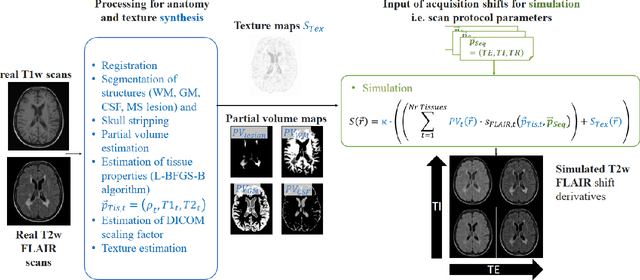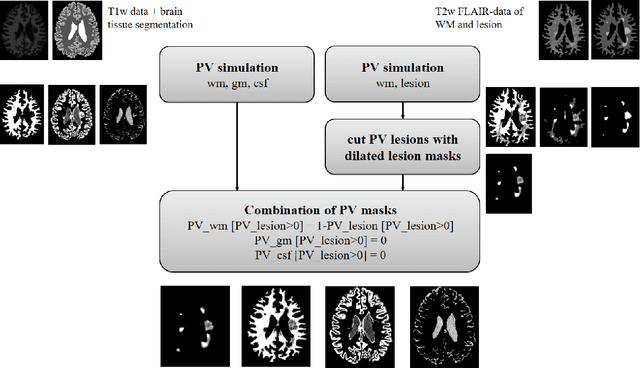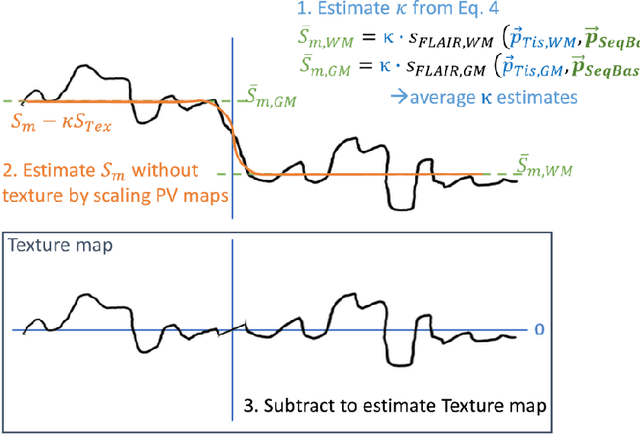Stefanie Remmele
University of Applied Sciences, Faculty of Electrical and Industrial Engineering, Am Lurzenhof 1, Landshut, Germany
HOLa: HoloLens Object Labeling
Dec 06, 2024Abstract:In the context of medical Augmented Reality (AR) applications, object tracking is a key challenge and requires a significant amount of annotation masks. As segmentation foundation models like the Segment Anything Model (SAM) begin to emerge, zero-shot segmentation requires only minimal human participation obtaining high-quality object masks. We introduce a HoloLens-Object-Labeling (HOLa) Unity and Python application based on the SAM-Track algorithm that offers fully automatic single object annotation for HoloLens 2 while requiring minimal human participation. HOLa does not have to be adjusted to a specific image appearance and could thus alleviate AR research in any application field. We evaluate HOLa for different degrees of image complexity in open liver surgery and in medical phantom experiments. Using HOLa for image annotation can increase the labeling speed by more than 500 times while providing Dice scores between 0.875 and 0.982, which are comparable to human annotators. Our code is publicly available at: https://github.com/mschwimmbeck/HOLa
Simulation of acquisition shifts in T2 Flair MR images to stress test AI segmentation networks
Nov 03, 2023



Abstract:Purpose: To provide a simulation framework for routine neuroimaging test data, which allows for "stress testing" of deep segmentation networks against acquisition shifts that commonly occur in clinical practice for T2 weighted (T2w) fluid attenuated inversion recovery (FLAIR) Magnetic Resonance Imaging (MRI) protocols. Approach: The approach simulates "acquisition shift derivatives" of MR images based on MR signal equations. Experiments comprise the validation of the simulated images by real MR scans and example stress tests on state-of-the-art MS lesion segmentation networks to explore a generic model function to describe the F1 score in dependence of the contrast-affecting sequence parameters echo time (TE) and inversion time (TI). Results: The differences between real and simulated images range up to 19 % in gray and white matter for extreme parameter settings. For the segmentation networks under test the F1 score dependency on TE and TI can be well described by quadratic model functions (R^2 > 0.9). The coefficients of the model functions indicate that changes of TE have more influence on the model performance than TI. Conclusions: We show that these deviations are in the range of values as may be caused by erroneous or individual differences of relaxation times as described by literature. The coefficients of the F1 model function allow for quantitative comparison of the influences of TE and TI. Limitations arise mainly from tissues with the low baseline signal (like CSF) and when the protocol contains contrast-affecting measures that cannot be modelled due to missing information in the DICOM header.
 Add to Chrome
Add to Chrome Add to Firefox
Add to Firefox Add to Edge
Add to Edge